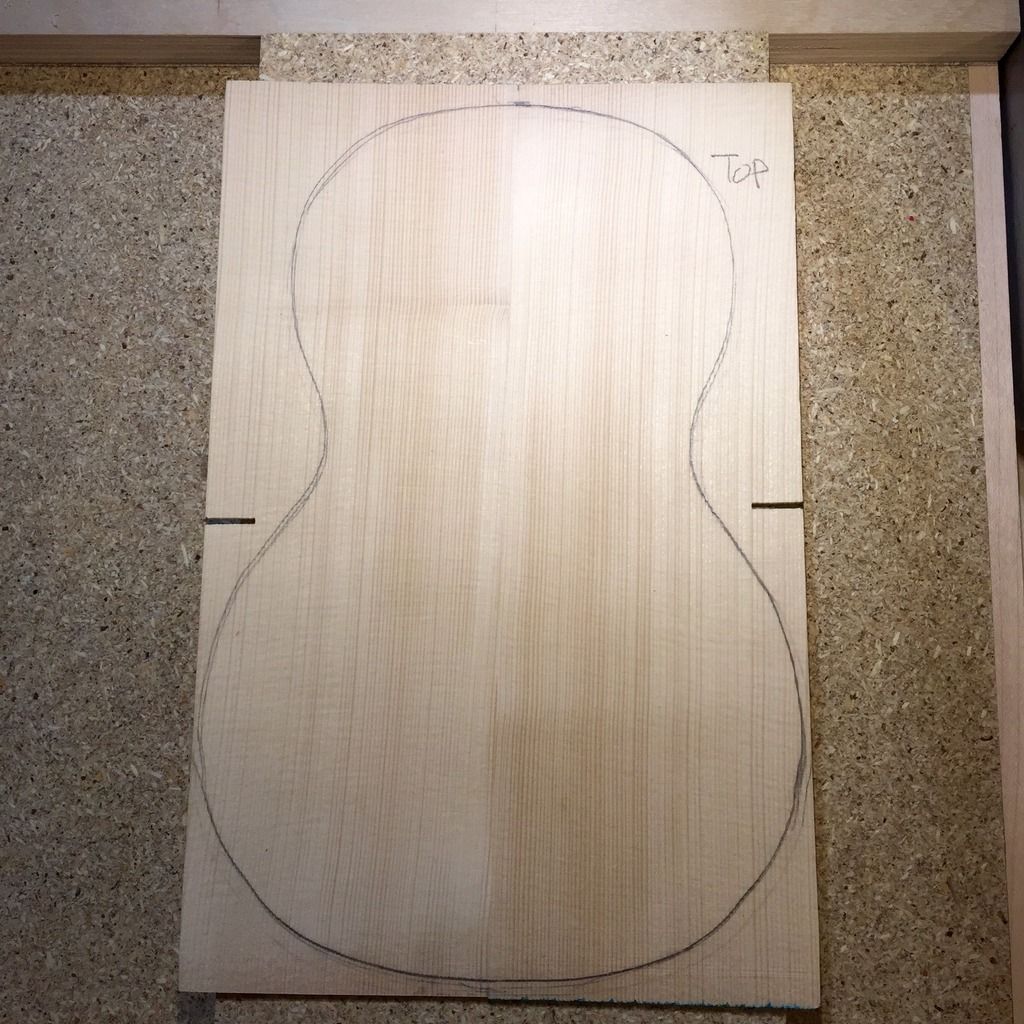sequoia
Well-known member
I think I spend more time fiddling with this silly little piece than it deserves. It shouldn't be that hard. I have trouble getting that neck heal volute perfectly flat (it tends to round) and then gluing the cap on is slippery business. Then matching radiousing to fit flush to the the back. I spend way too much time on this piece. Should be a quick slam dunk. Does this give anyone else a slight pain?
Below a pic of the cap glued on. Everything will proceed quickly form here and all will be fine, fine. Just sand flush. But why did it take the better part of an afternoon to get here? I want my life back! Plus your average player never notices the silly thing!

Below a pic of the cap glued on. Everything will proceed quickly form here and all will be fine, fine. Just sand flush. But why did it take the better part of an afternoon to get here? I want my life back! Plus your average player never notices the silly thing!





